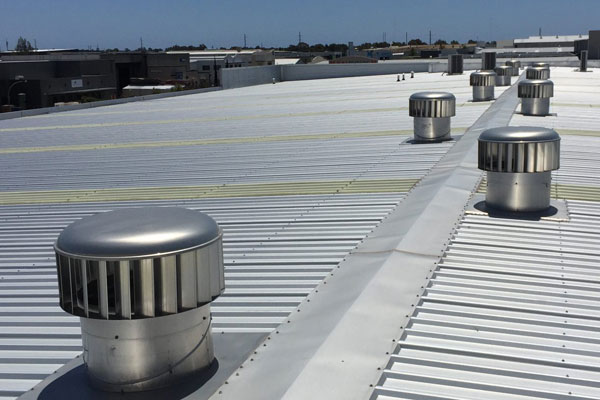Understanding whether your home could benefit from some form of attic ventilation might just be if not a life saver a roof saver.
Natural roof ventilation openings consist of.
Proper attic ventilation consists of a balance between air intake at your eaves soffits or fascias and air exhaust at or near your roof ridge.
Natural roof ventilation openings consist of.
More attic ventilation is good.
Scuttle hatches skylights stairwell openings and bulkheads.
Moncef krarti in optimal design and retrofit of energy efficient buildings communities and urban centers 2018.
If a ventilation opening is made directly above a fire it will tend to the fire.
Scuttle hatches skylights and stairwell openings.
When the opening of doors and windows in the structure can be controlled.
Natural ventilation makes the most of air motion to cool you and your home.
It is usually controlled to some extent by the occupant.
If the cooling capacity of ambient air can be harnessed to increase indoor thermal comfort then the necessity for mechanical space conditioning lessens.
The pressures generated by the stack effect rely upon the buoyancy of heated or rising air.
A ridge vent is a ventilation strip that is placed along the ridgeline of the home.
5 natural roof ventilation openings consist of.
Controlled natural ventilation is intentional displacement of air through specified openings suchas windows doors and ventilat ors.
Federal housing authority recommends a minimum of at least 1 square foot of attic ventilation evenly split between intake and exhaust for every 300 square feet of attic floor space.
Wind driven ventilation pressure driven flows and stack ventilation.
It is important that air movement occurs and is not impeded by any framing members of the.
6 positive pressure ventilation is effective.
Natural ventilation is one of the most fundamental techniques to reduce energy usage in buildings.
Attic ventilation works on the principle that heated air naturally rises primarily utilizing two types of vents.
Wind driven ventilation relies upon the force of the.
There are three types of natural ventilation occurring in buildings.
This is the primary passive cooling strategy in all climate zones but the nuances of its application vary by region.
Natural ventilation harnesses naturally available forces to supply and remove air in an enclosed space.
Intake vents located at the lowest part of the roof under the eaves allow cool.
Uncontrolled ventilation infiltration is the random flow of air through unintentional infiltration through cracks gaps or crevices in the building.
About 90 percent of homes in the us have unreasonably high levels of moisture.




























